Courses


 Compare
Compare
Environmental science is the systematic study of our environment- natural and human, and our proper place in it. Since the conditions of both worlds affect individual and community, they are essential to our lives, and constitute important components of the environment. It is essentially an inter-disciplinary approach that brings about an appreciation of changes in our natural and built environment. As an applied science, it seeks to provide answers- practical solutions, to the complex problems of how to make human civilization sustainable within the carrying capacity of the global ecosystems. This is why, it is not just a mere collection of facts about the environment;
0 Lessons
Hours
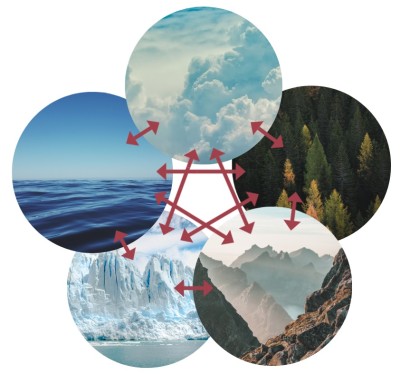
 Compare
Compare
Our planet Earth may be viewed as a complex environmental system consisting of different interacting sub-systems or components. Here, a steady influx of solar radiation provides the heat and light energy needed to support life in the biosphere. This chapter characterizes the basic structures of these life support (bio-physical) sub-systems i.e. atmosphere, hydrosphere, lithosphere and biosphere including an overview of their functions and inter-connectedness.
0 Lessons
Hours
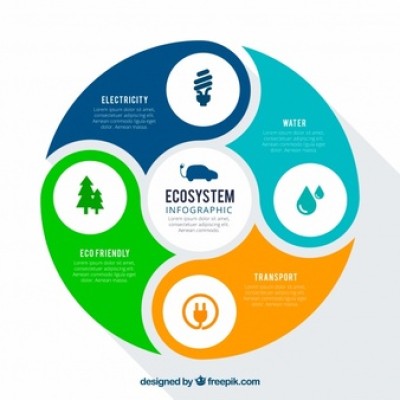
 Compare
Compare
An ecosystem is a biotic assemblage or grouping of organisms taken together with their environment. It is a region with a specific and recognizable landscape form. The nature of the biotic grouping in the region is based on its geographical features. There are various kinds of life supporting systems that are found on the surface of the Earth, such as hills, mountains, plains, forests, grasslands, deserts, wetlands, oceans, coastal areas, islands, lakes, rivers, and estuaries.
0 Lessons
Hours
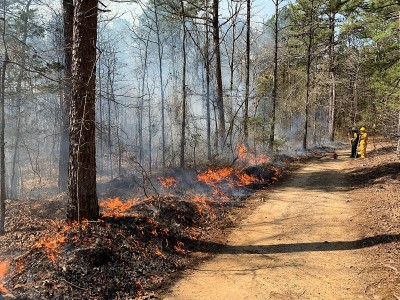
 Compare
Compare
Natural resources and ecosystem management involves managing whole geographic landscape over long time, taking human needs into consideration, maintaining biodiversity and ecological processes, utilizing innovative institutional arrangements, integrating economics, science and policy, encouraging public involvement, and adapting management based on conscious experimentation and routine monitoring. Ecosystem management, like sustainable development, recognizes that societal goals, environmental quality, and economic health are all inextricably interlinked. Natural resources management is fundamentally concerned with ecosystems interactions- of energy, air, water, mineral, plant, animal and microbial components. A key concept here is that any human activity influencing one
0 Lessons
Hours

 Compare
Compare
Agro-ecosystems are biological and natural resource systems managed by humans for the primary purpose of producing food as well as other socially valuable nonfood goods and environmental services. These are contained within larger landscapes, which include uncultivated land, drainage networks, rural communities, and wildlife. Agro-ecosystems cover more than one-quarter of the global land area, but almost three-quarters of the land has poor soil fertility, and about one-half has steep terrain, constraining production. A further limitation is the growing competition from other forms of land use such as urban, industrial
0 Lessons
Hours
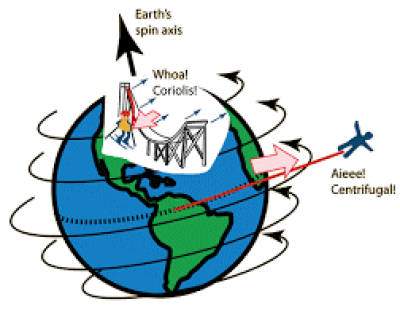
 Compare
Compare
- It states that every object will remain at rest or in uniform motion in a straight line unless compelled to change its state by the action of an external force. This is normally taken as the definition of inertia. The key point here is that if there is no net force acting on an object (if all the external forces cancel each other out) then the object will maintain a constant velocity.
0 Lessons
Hours
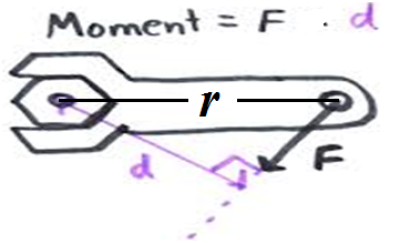
 Compare
Compare
Torque: In physics, a moment is a turning effect of a force. In principle, any physical quantity can be multiplied by distance to produce a moment; commonly used quantities include forces, masses, and electric charge distributions. For examples, the moment of force, or torque (τ), is a 1st moment: τ=d.F, or, more generally, τ=r×F, the electric dipole moment is also a 1st moment: p=qd, the moment of inertia is a 2nd moment: I=r^2 m for a point mass.
0 Lessons
Hours
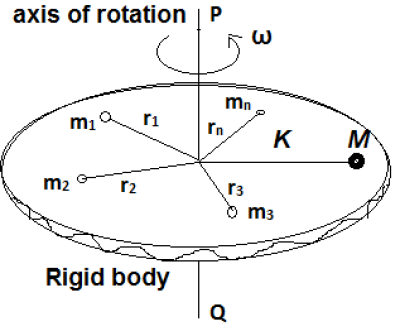
 Compare
Compare
Radius of gyration or gyradius refers to distribution of the components of an object around an axis. In terms of mass moment of inertia, it is the perpendicular distance from the axis of rotation to a point mass (of mass, M) that gives an equivalent inertia to the original object(s) (of mass, M). The nature of the object does not affect the concept, which applies equally to a surface, a bulk mass, or an ensemble of points. Therefore, radius of gyration is the distance from an axis at which the mass of a body may be assumed to be concentrated and at which the moment of inertia will be equal to the moment of inertia of the actual mass about the axis.
0 Lessons
Hours

 Compare
Compare
Work: In physics, a force is said to do work if, when acting, there is a displacement of the point of application in the direction of the force. The work W done by a constant force of magnitude F on a point that moves a displacement s in a straight line in the direction of the force is the product W = Fs.
0 Lessons
Hours